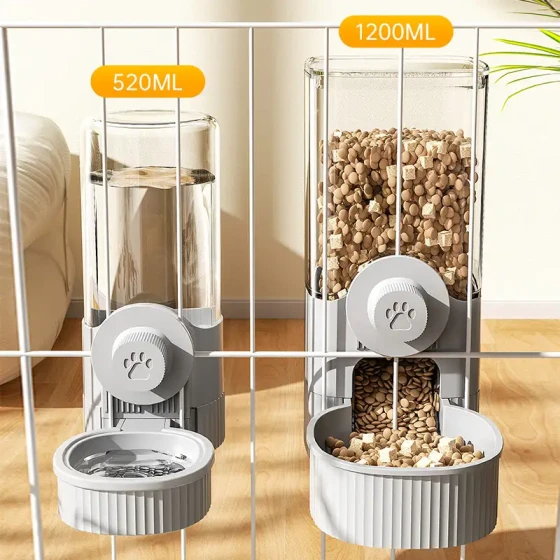Characteristics of the Dog's Estrous Cycle

Dog Estrous Cycle
Generally, the dog's estrous cycle follows a certain pattern, but due to individual differences, some dogs come into heat once a year, while others twice, and a few dogs may come into heat three times a year. Therefore, different dogs require different handling.
1. Proestrus
Dogs can reach proestrus at 8-12 months of age, but due to breed differences, smaller dogs may enter proestrus earlier than larger dogs.
2. Estrous Season
Female dogs are seasonally monoestrous animals, usually coming into heat once in spring (March to May) or autumn (September to November). In well-managed conditions, seasonal estrus is less obvious. Some dogs may come into heat 2-3 times a year.
3. Estrous Cycle
The estrous cycle of a female dog is divided into four periods: proestrus, estrus, diestrus, and anestrus.
1. Proestrus: This is the period when the female dog discharges bloody mucus from the vagina and before she accepts mounting and mating by the male. The proestrus period lasts 3-16 days, averaging 9 days. During this time, the female dog appears excited but does not accept mating; the external genitalia are swollen, and ovarian follicles develop.
2. Estrus: This is the period when the female dog accepts mounting. The estrus period generally lasts 4-12 days, usually 9-12 days. The first acceptance of mating by the male marks the start of estrus. Determining the start of estrus is very important as ovulation occurs shortly after estrus begins.
3. Diestrus: This is the period from the end of estrus until the reproductive organs return to their normal state. The diestrus period is relatively long because the corpus luteum function can be maintained for about 75 days in non-pregnant dogs after ovulation.
4. Anestrus: The female dog's reproductive organs are in a resting state, lasting 50-60 days. For dogs that come into heat only once a year, this period lasts nearly a year.
During each complete estrous cycle, the uterus is under the long-term influence of progesterone, which may cause endometrial hyperplasia and cystic changes, and is also prone to infection. This condition is commonly seen in older dogs.
-560x560.webp)
-560x560.webp)



-560x560.webp)